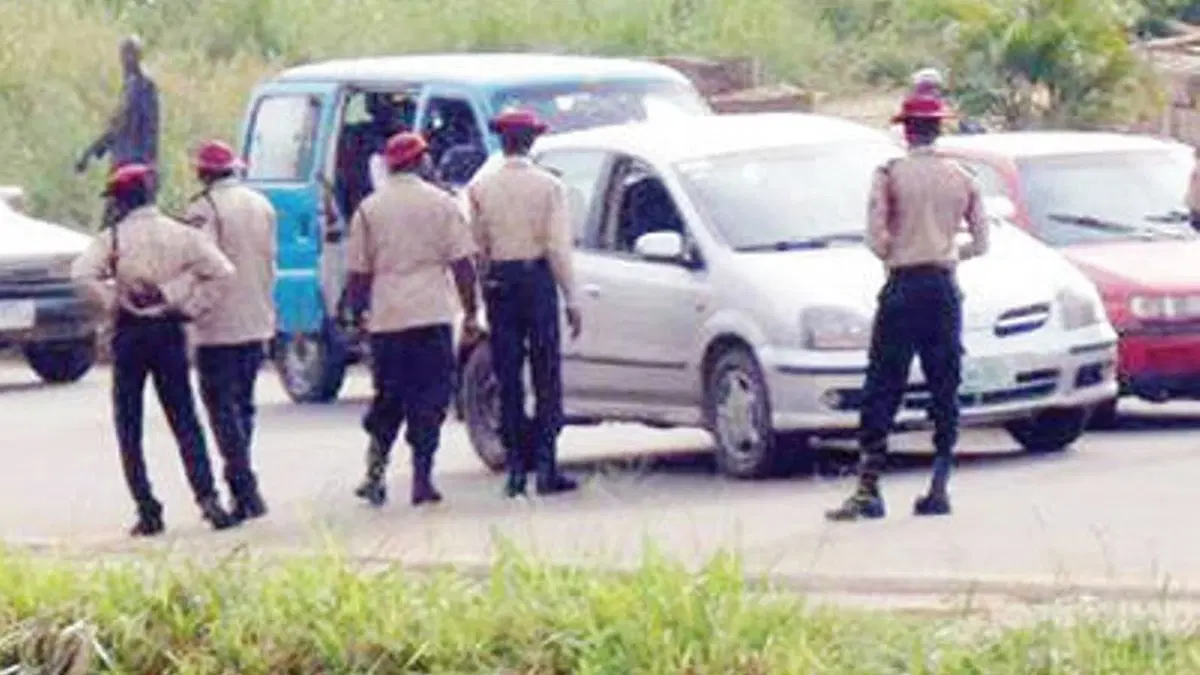On Tuesday, September 10, 2024, I was returning to the city after spending the night with a friend near the international airport road in Abuja. I left his place around 7 a.m., eager to get home before my busy schedule filled with engagements for the day.
On a normal day, the drive to Garki takes about 30 minutes, but anticipating possible road issues, I prepared for a 45-minute journey. However, I soon realized my fuel was running low, prompting me to stop at a nearby filling station. To my dismay, fuel was selling for over a thousand Naira per liter. With no other options, I purchased a small amount to get me to my usual filling station in Central Area.
After leaving the filling station, I tuned into a new radio station where a friend had just been appointed General Manager. As I approached the Lugbe area on the airport road, I noticed unusual traffic buildup ahead. Assuming it was a minor incident, I expected it to clear soon.
However, as I progressed, the traffic grew denser instead of thinning out. This was puzzling, as I knew traffic congestion typically occurred near the city gate or around the Lokogoma/Jabi overpass. This particular blockage, however, was happening in an area that usually had free-flowing traffic.
To assess the situation better, I pulled to the curb, observing other drivers doing the same. Soon, several vehicles were parked by the roadside as we discussed the unusual traffic. After some time, I learned that a heavy-duty vehicle laden with containers had tipped over either late the previous night or early that morning, completely obstructing the road ahead.
This news was disheartening. Just then, I noticed vehicles on the opposite side of the expressway heading toward the city against traffic rules. Before long, drivers on our lane began reversing to access the opposite lanes, where traffic was moving smoothly. Those legally heading toward the airport had to swerve to avoid collisions with the many vehicles traveling the wrong way.
I called the friend with whom I had my first appointment to update him on my situation. After I mentioned my location, he confirmed that he had encountered the same blockage earlier that morning. He suggested rescheduling our meeting, which I agreed to.
At this point, no vehicles were coming from the city toward the airport, as those heading to the city had completely overtaken our lane. However, in the distance, I spotted vehicles branded with the Federal Road Safety Commission (FRSC), along with a crane and a lorry, making their way to the accident site about 500 meters ahead. I breathed a sigh of relief, hoping our ordeal would soon be over. I returned to my car, making frantic calls to my associates and tuning my radio for traffic updates, but the stations continued their regular programming, seemingly oblivious to the situation.
More than an hour after the FRSC’s arrival at the scene, the traffic situation remained unchanged. Finally, I noticed that traffic was officially being diverted from our lane to the opposite lane. I decided to start my car and inch forward. As I crawled closer to the accident site, I saw that, indeed, road safety officials were directing us to use the opposite lanes, allowing us to drive against traffic.

